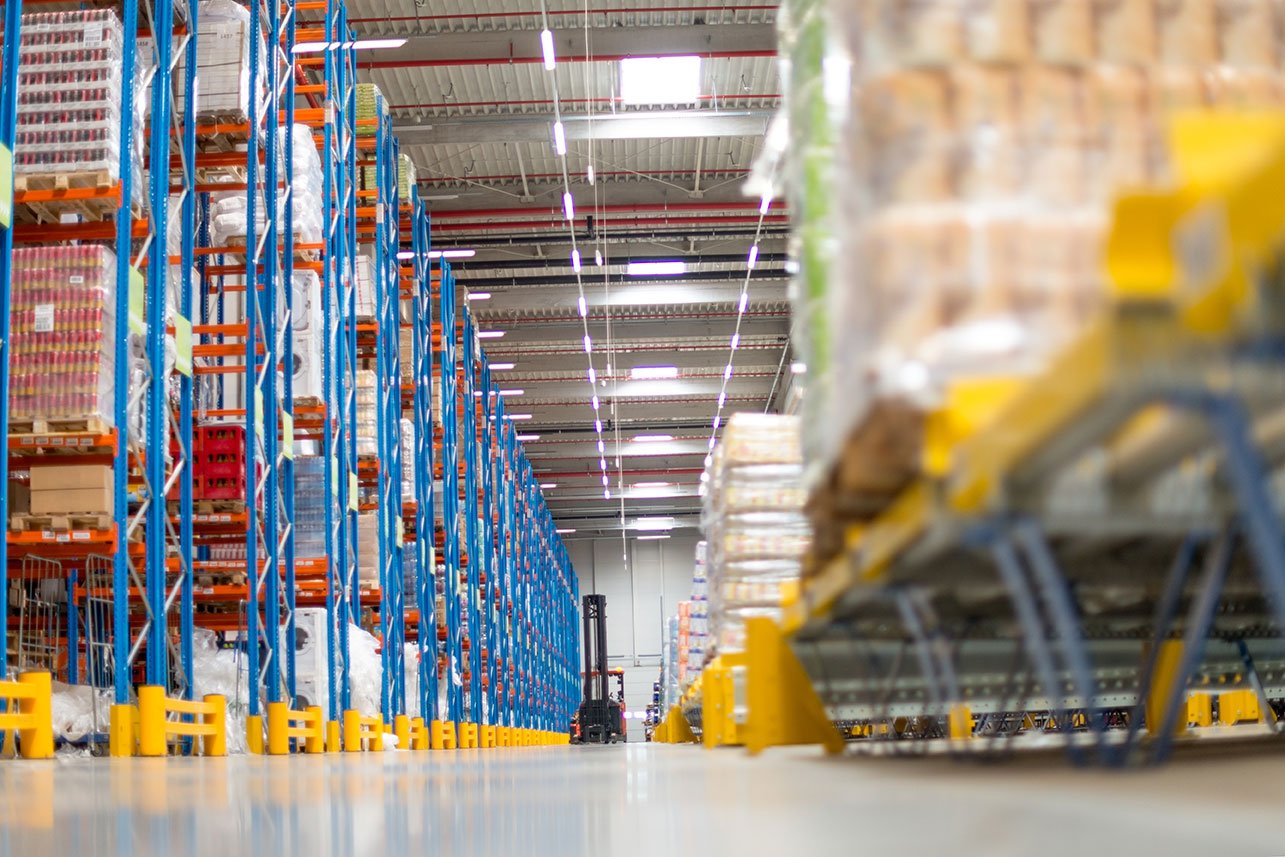Tel: 860-571-3602 | info@hartfordtechnologies.com


Manufacturers need to transform their businesses to adapt to a new normal in the wake of COVID-19. The industry was one of the hardest hit by the pandemic, disrupted by government shutdowns and changing consumer needs.
Industrial production is still below where it was in 2019, although the pace of decline has slowed. The US industrial production index was 104.1 in February 2021. That was down from the pre-pandemic level of 109.6 in February 2020 -- although up from the low of 91.3 in April.
The effects of the pandemic have yet to play out fully. Supply chains remain in flux, some factories are still running below capacity, and consumer spending is evolving.
What are some of the manufacturing trends that will define the industry in the post-pandemic world? Read on to find out what to expect in the manufacturing industry in 2021 and into 2022.

Pivoting to respond to rebounding demand is one of the key manufacturing trends for 2021.
The pandemic sent shockwaves through consumer markets around the world. Some manufacturers were categorized as non-essential and forced to curtail output or suspend operations. Others were considered essential and allowed to operate. But they have faced the opposite problem and have scrambled to keep pace with demand.
Spending in some industries collapsed. Services like travel, dining out, and live events ground to a halt. But online retail spending on products spiked, including groceries and electronic devices.
Consumer spending in China, the U.S., and Western Europe dropped by 11-25% at the start of the pandemic. At the same time, the savings rate in the U.S. and Western Europe climbed by 10-20 percentage points. Consumers now have income available to spend as economies reopen. This savings is combined with the pent-up demand in many markets, with consumers waiting until after the pandemic to buy certain items. This is especially evident in the automotive and consumer goods markets.
Since many people have delayed making purchases, optimism is growing that rising consumer confidence will restore demand to pre-pandemic levels. Manufacturers need to make plans to increase output to meet this expected surge in demand. Systems for supply chain management such as sourcing/suppliers management, purchase order processing and inventory management should be in place and integrated both with up- and down-stream partners, as well as internally, to help stay agile and respond to demand.

The logistics world is still suffering from the impact of COVID-19 on supply chains. Government lockdowns were especially disruptive to transport. And in many places, workers falling ill-affected operations.
Normal ocean shipments out of Asia are taking an extra 4-5 weeks to sail. Container shortages, events such as the Suez Canal incident, and port congestion have all made shipping more expensive and much slower. And in the U.S., an ongoing shortage of truck drivers has only become worse.
The logistics system has been unable to manage the rapid rebound in demand in a short space of time. Companies are facing shortages in the supply of raw materials and components just at the point when they want to increase production.
One way companies are responding to these changes in manufacturing is through digitalization. The use of data and analytics is helping them identify bottlenecks and optimize logistics using real-time tracking. Data analytics can help improve planning and forecasting to make supply chains more robust over the long term.
The digitalization trend -- sometimes called Industry 5.0 -- was already underway. The use of smart devices has accelerated since the start of the pandemic. It is one of the biggest manufacturing industry changes in many years.

One of the 2021 manufacturing trends is rising cost pressure. Prices for many commodities have increased dramatically since the start of the pandemic. Price indices for some petrochemicals and plastics have doubled in the past year.
Metals like aluminum and carbon steel are in tight supply. And prices for copper and iron ore have reached record highs.
Economic stimulus spending from governments is driving expectations for strong global growth. Infrastructure plans will use a range of raw materials. Rising inflation along with low-interest rates have boosted interest in investment buying. Excess liquidity and a weaker U.S. dollar are also playing a role.
Suppliers that have raw materials on hand can charge a premium to desperate manufacturers. This puts upward pressure on prices as manufacturers need to recoup their costs. In some industries, companies can pass on the rise in costs to their consumers. But in others, manufacturers are facing tighter profit margins.

Cooperation and communication are key during this time to avoid high logistics expenses. Flying in parts because of time pressure can cost 10 times more than waiting for ocean shipments.
It pays to maintain good relationships with suppliers. Communicating demand well in advance works for both sides. It allows suppliers to make sure they have the materials and components on hand that manufacturers need. And manufacturers can build products earlier to counteract logistics delays.
A strong network of third-party relationships will help companies respond to changing demands. In what way? Good relationships strengthen supply chains. Companies that had well-established delivery capabilities and a good supply network were able to adapt faster to the move to online retail.
Good communication with customers is also key to building loyalty and winning repeat business.
Manufacturers must be agile to make the right decisions coming out of the pandemic. By keeping up with the latest manufacturing trends you can stay one step ahead. You can prepare for future growth. And you can position your company to deal with the next disruptive event, whenever it comes along.
Hartford Technologies takes pride in staying at the forefront of manufacturing industry changes. Like other successful firms, Hartford is striving to take the lead in post-Covid manufacturing by ensuring it continues to provide a cost-effective manufacturing solution for every ball bearing and assembly solution that our customers require. Contact us today to learn more.